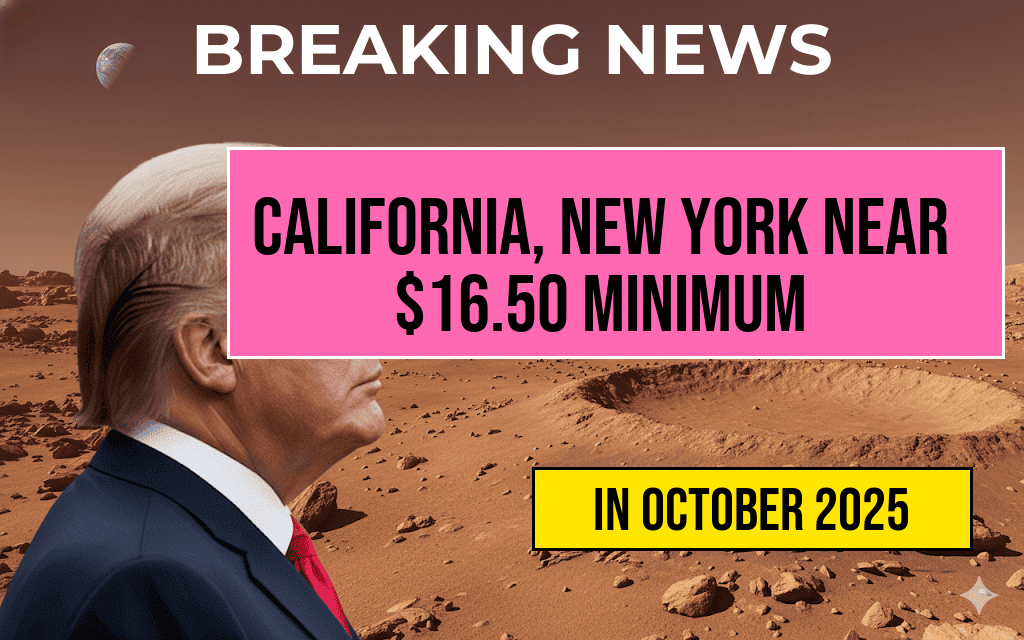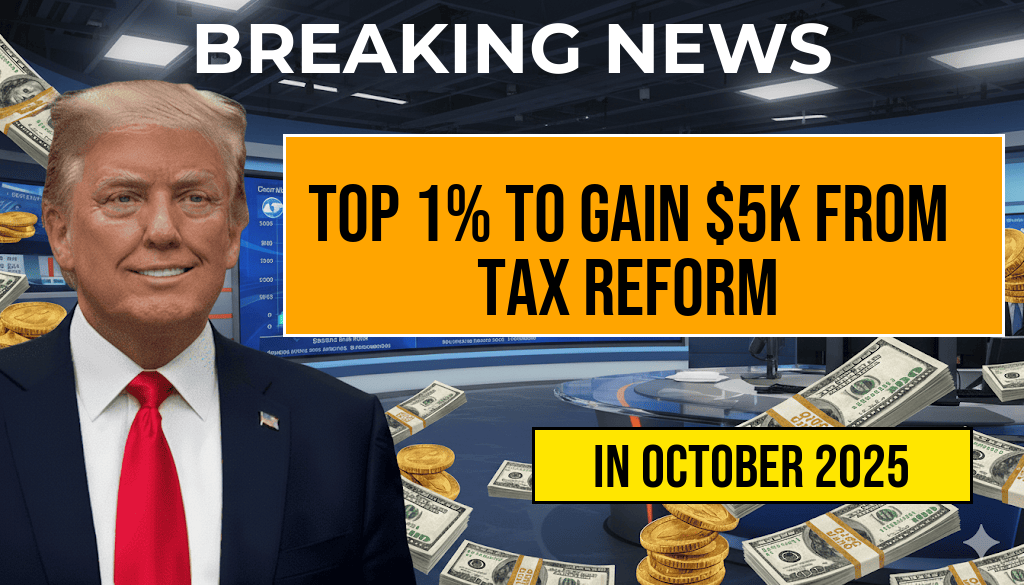California and New York are swiftly approaching a noteworthy milestone in their minimum wage policies, with both states inching toward a $16.50 per hour threshold. This development reflects ongoing efforts by policymakers to elevate wages amid rising living costs and economic shifts. California, which has gradually increased its minimum wage over recent years, is slated to hit the $16.50 mark by July 2024, while New York anticipates reaching this level slightly earlier, in late 2023, due to its phased implementation schedule. The movement highlights broader trends in the United States toward higher minimum wages, driven by inflationary pressures and advocacy for fairer compensation. As these states push forward, debates continue regarding the impact on businesses, employment levels, and economic inequality, making this a pivotal moment in the evolving landscape of American labor policy.
Minimum Wage Growth in California and New York
California’s Path to $16.50
California’s minimum wage has been on a steady rise since 2016, when it was set at $10.50 per hour for large employers. Subsequent legislative actions have incrementally increased the rate, with the state’s minimum wage scheduled to reach $16.50 for employers with 26 or more employees by July 1, 2024. Smaller businesses, those with fewer than 26 employees, will see the same increase a year later, maintaining the state’s phased approach. This incremental strategy aims to balance wage growth with economic stability, particularly in sectors heavily reliant on low-wage labor, such as hospitality and retail.
New York’s Progression Toward the Same Benchmark
New York’s minimum wage increases have followed a different timetable, with the state implementing scheduled raises through 2023. The state’s current minimum wage varies by region, reflecting differing costs of living, with New York City’s rate standing at $15.00 per hour as of 2023. The state’s phased plan is designed to reach a $16.50 minimum in New York City and other high-cost areas by the end of 2023, with rural and less expensive regions following suit in subsequent years. This regional approach aims to address economic disparities across the state while aligning wage standards with local market conditions.
Economic Implications and Policy Debates
Impact on Employers and Employment
| State | Current Minimum Wage | Projected 2024 Minimum Wage | Key Industry Concerns |
|---|---|---|---|
| California | $15.50 | $16.50 | Increased labor costs, potential automation |
| New York | $15.00 | $16.50 | Operational adjustments, hiring shifts |
Employers across sectors express mixed reactions to these increases. While some acknowledge the potential for improved employee morale and reduced turnover, others raise concerns about increased operating costs, especially for small businesses. Critics warn that rapid wage hikes could lead to higher prices for consumers or force layoffs if businesses struggle to absorb the additional expenses. Conversely, proponents argue that boosting wages enhances consumer spending, which can bolster local economies and reduce reliance on social safety nets.
Broader Economic Context
The push toward a $16.50 minimum wage aligns with national debates on living wages and income inequality. According to data from the Wikipedia page on minimum wages in the U.S., many states and municipalities are exploring higher thresholds as a way to address economic disparities. Proponents emphasize that increased earnings can lead to better health outcomes and greater economic mobility, while opponents caution about potential job losses and inflationary pressures.
Legislative and Political Considerations
State Legislation and Ballot Initiatives
Both California and New York have relied on legislative measures and ballot initiatives to gradually raise their minimum wages. California’s legislation, primarily driven by the state’s Office of Labor Standards Enforcement, emphasizes a steady, predictable increase schedule. Meanwhile, New York’s approach incorporates regional variances, with lawmakers balancing regional economic realities against statewide policy goals.
Advocacy and Public Opinion
Public opinion largely supports higher minimum wages, with surveys indicating a broad consensus that workers deserve fair compensation. Labor unions and advocacy groups have campaigned vigorously to accelerate wage increases, citing improved quality of life and reduced poverty levels. Conversely, some business associations remain cautious, emphasizing the need for balanced growth that preserves employment opportunities.
Looking Ahead
As California and New York approach the $16.50 minimum wage milestone, their experiences will likely influence broader regional and national policy discussions. The coming years will reveal how businesses adapt to these changes and whether the wage increases translate into measurable improvements in workers’ economic security. Monitoring these developments offers insights into the evolving dynamics of labor markets amid ongoing economic challenges.
Frequently Asked Questions
What is the current minimum hourly wage in California and New York?
The minimum hourly wage in California and New York is approaching the $16.50 milestone, reflecting recent increases aimed at improving workers’ earnings.
When are California and New York expected to reach the $16.50 hourly wage?
Both states are close to reaching the $16.50 minimum hourly wage, with projections indicating they will hit this milestone within the upcoming months, depending on scheduled wage increases.
What factors are contributing to the increase in minimum wages in California and New York?
The rising minimum wages are driven by state legislation, inflation adjustments, and efforts to improve living standards for workers in these states.
How might reaching the $16.50 wage impact workers and employers?
Reaching the $16.50 minimum hourly wage is expected to benefit workers through higher earnings, while employers may experience increased labor costs and adjustments in staffing or pricing strategies.
Are there differences in minimum wage laws between California and New York?
Yes, while both states are approaching the $16.50 milestone, their wage laws and schedules for increases vary, reflecting each state’s legislative priorities and economic conditions.








